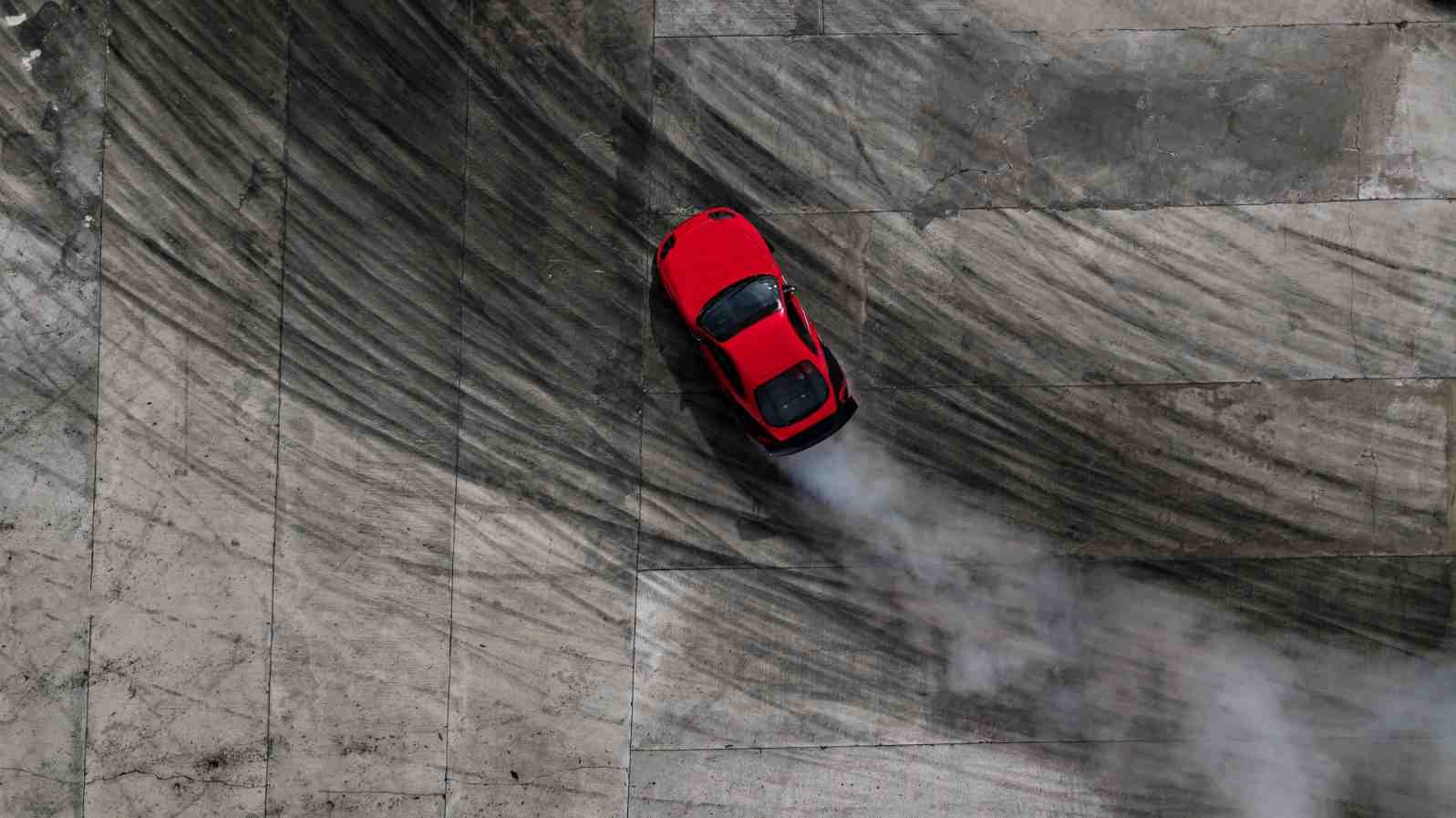How Physics And Natural Laws Affect Your Driving?
Do you know how physics affects driving? Physics and science are everywhere. This is what makes life interesting. Science affects everything that is in motion or stationary.
Did you ever wonder why a car skids or why there is sound while braking at high speed? Did you ever wonder why the car speed is slightly low with open windows and more with closed windows?
In this blog post, we will talk about the science of driving.
For the sake of keeping this blog to the point, we are not going into too much jargon and deep into concepts and mathematics.
Let’s dive right in…
Why you should understand the Physics of Driving?
The science of driving is not something you have to stick next to your driving dashboard and refer to whenever you feel stuck. These are some basic laws that appear when we drive and are part of our ride even when we are not aware.
Understanding the basic laws of science can help us control our cars better and help us stay alert about our mistakes. Moreover, It can help you avoid emergencies and car crashes. Once you understand the science, you will make smart driving decisions and stay conscious during the journey. Along with this, it will also help you extend the life of your car.
Gravity and how its physics affects driving
Gravity is the force that pulls objects towards the center of the earth. This is the force that is holding things together on our planet. If not for gravity, every object you see, including us, human beings, would be flying.
So, how does gravity affect riding cars?
When you are driving a car uphill, the force of gravity is against us. Hence, this requires more acceleration to take your car uphill. On the other hand, when we are riding a car down the hill, the force of gravity is with us and so, the car is accelerating even when you are not applying any pressure.
If you are planning a ride up the mountains make sure you have sufficient fuel and you take care of the car’s engine so that the car doesn’t stop suddenly.
How Inertia plays a role in driving?

According to Wikipedia, Inertia is the resistance of any physical object to a change in its velocity. This includes changes to the object’s speed or direction of motion. An aspect of this property is the tendency of objects to keep moving in a straight line at a constant speed when no forces act upon them.
In simple terms, the Law of Inertia states, that if an object is at rest it stays at rest. Objects in motion will stay in motion, at the same speed, and in the same direction. And, Objects change their motion when influenced by another unbalanced force.
So, how does the law of inertia apply to driving a car?
When a car is running, it will be at the same speed and direction unless a force is applied to stop it (yes, geek head, speed is slowed down because of friction, which is a type of force). Also, when the car is running at a particular speed everything inside the car is going along with it. For instance, if the car is running at 70 mph, everything inside the car is also at 70mph. So, when we stop the car suddenly, this is why the objects in your car fall or get unbalanced.
What is a Momentum and how its physics affects driving?
Momentum is the force that’s developed when an object is moving. When you are driving at a particular speed, along with the weight of the car, this creates momentum. To stop the car, you need to reduce the momentum of the car.
The momentum of the car is reduced by applying brakes so that they cause friction and stop the car. If you want to slow the car, the friction between the tires and the road will also reduce the momentum of the car. You can also reduce the momentum by switching to a lower gear. This will cause the engine to reduce its speed.
The kinetic energy in a car
Kinetic energy is the energy caused by motion. When you apply force to move any object, the force you’ve applied is now transformed into the energy that the object has. When you throw a ball and this smashes a wall with a certain force, this is because of Kinetic energy.
So, How does kinetic energy and its physics affects the driving of a car?
A moving car has kinetic energy. As the speed of the car increases the kinetic energy also increases. Lower speed means lower kinetic energy.
When the car is at a high speed, the kinetic energy will be high hence the force required to stop will be more. And similarly, when a car at high speed crashes with another car, the damage will be more. The kinetic energy of the car will have an impact on the other car as well as the driving car.
What's the importance cof potential energy in a car?
Potential energy is the energy that is stored in any object. For instance, you have a compressible spring. When you compress the spring, it has energy stored that can cause force. This is potential energy stored in the spring.
So, how does potential energy and its physics affects driving a car?
Let’s say that you have parked your car on top of a hill. Now, the car is stationary but still if you have not applied a hand brake to your car, the car will move towards the slope, down the hill by itself. The car is moving down the hill because of potential energy stored in the car caused by gravitational force. So please make sure you have your car brakes well maintained.
What does friction do in your car

When there is contact between two surfaces, this causes a force. This force is called friction. Unlike other forces, friction is resistance that exerts force to stop the other object.
So, what goes around because of friction in a car?
Starting with car engines, engine oil is used to reduce the friction in the engine. If the engine oil is not changed in time, it causes major problems for the car, including overheating. Car brakes function because of friction between brake pads and the tires of a car.
The car tires and the road have a continuous flow because of the frictional force. Friction in tires and the road increases with an increase in the weight of the car. Friction is decreased when the tires are worn out and this reduces control of the vehicle. And, friction is also unbalanced when the tires of the car are either over-inflated or under-inflated.
Wrapping Up: How Physics Affects Your Driving
These were some of the examples of how science, specifical physics, has an impact on our car rides and drives. Similarly, there is chemistry involved in the combustion engine and catalytic converters. And, there are a lot more scientific laws that are driving a car.
In this blog post, we discussed the gravitational force while driving, inertia while driving, momentum in driving a car, kinetic energy and potential energy in a car, and frictional force while driving a car.
We hope you keep this in your mind for your future ride and drive safely.
Aren’t you curious about the working of an electric vehicle? Here’s a blog on working of EVs




























































